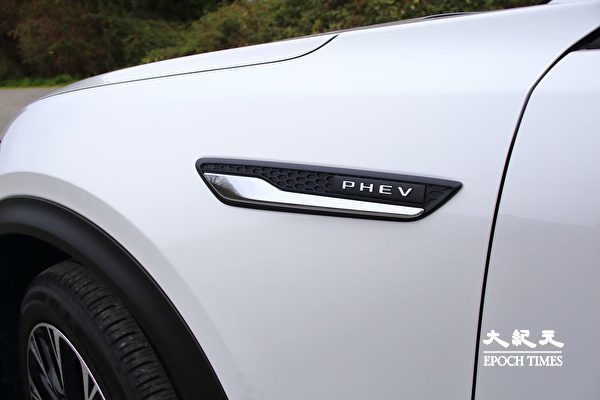When purchasing a car, what matters most to you? According to a recent survey, “reliability” is the primary consideration for three-quarters of American respondents, closely followed by “safety”. It’s easy to understand why reliability scores so highly. Drivers want peace of mind, knowing that the vehicle they’ve invested a significant amount of money in can be used for years without leaving them stranded on the highway.
Transmission: Manual, Automatic, DCT (continued)
Continuously Variable Transmissions (CVT) are increasingly dominating the new car market. They are a type of automatic transmission with lower manufacturing costs. In theory, they are more efficient as they don’t require gear shifts. Most CVTs in vehicles use a rubber belt to connect the engine side and the drive shaft side of the transmission, similar to a timing belt mentioned earlier. This belt may be the weakest link in the system and wear out earlier than older transmission designs. CVTs also require more frequent oil changes. Despite the lower manufacturing costs, retrofitting a CVT can still cost drivers thousands of dollars. Therefore, in terms of reliability, CVTs and automatic transmissions are roughly equivalent, but CVTs have higher maintenance requirements.
Internal Combustion Engine Vehicles vs Electric Vehicles
Electric and hybrid cars are becoming increasingly popular in the new car market, primarily due to their excellent fuel efficiency. In addition, they offer some reliability advantages compared to traditional engine configurations.
Most hybrid and electric cars nowadays come equipped with a regenerative braking system. This system essentially reverses the electric motor during deceleration or downhill coasting. The friction generated by the motor slows down the vehicle, while also sending power back to the battery, extending the electric range.
Cars equipped with regenerative braking systems also have conventional mechanical brakes as a backup, but they are only needed for the final moments of stopping or emergency braking. As a result, the lifespan of brake pads and discs can be longer. They can last around 45,000 miles (72,420 kilometers) before needing maintenance, as opposed to 15,000 miles (24,140 kilometers). If brake maintenance is required, the parts and labor costs could amount up to $1,000, a significant expense over the vehicle’s lifespan.
Fully electric vehicles also require minimal fluid changes during use since they don’t require engine oil or coolant. Electric power steering and braking systems also operate without the need for lubrication, saving a lot of time and money. It’s important to note that this reliability advantage applies only to pure electric vehicles. Due to the use of internal combustion engines, most traditional maintenance intervals still apply to hybrid cars.
However, gasoline engines do have an advantage over electric vehicles. They lack the expensive lithium-ion batteries. These batteries degrade after several hundred charge cycles, reducing the range. The warranty period for batteries is typically eight years and 100,000 miles. However, replacing equipment beyond the warranty period can incur significant costs. For small battery electric vehicles and hybrid cars, parts and labor costs can easily exceed $5,000, while for long-range electric vehicles, the costs can exceed $10,000.
Before buying your next car…
When sending emails to dealers or sellers, don’t hesitate to ask questions about the expected transmission system components of the vehicle. Knowledgeable salespeople should be able to tell you if the vehicle is equipped with a timing chain, CVT, or regenerative braking. Additionally, search online for the specifications of these specific models. If a component has common issues, people may have opinions on it. Websites like Kelley Blue Book, Consumer Reports, and J.D. Power can also provide expert resources to help you gather more information when purchasing a vehicle. ◇

